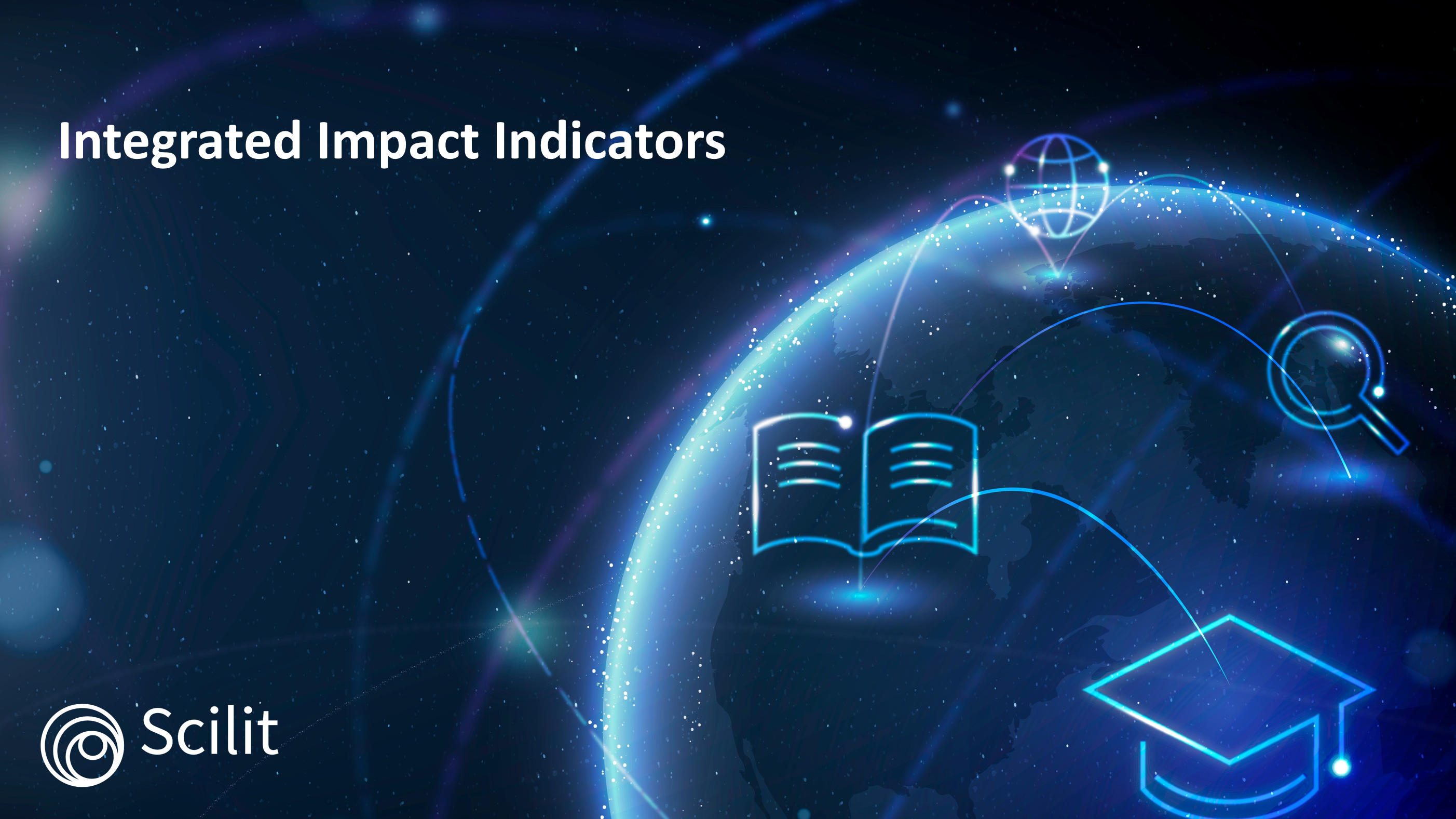Announcements
9 October 2025
Scilit Spotlight: New Integrated Impact Indicators (I3 and I3/N)

You are accessing a machine-readable page. In order to be human-readable, please install an RSS reader.
All articles published by MDPI are made immediately available worldwide under an open access license. No special permission is required to reuse all or part of the article published by MDPI, including figures and tables. For articles published under an open access Creative Common CC BY license, any part of the article may be reused without permission provided that the original article is clearly cited. For more information, please refer to https://www.mdpi.com/openaccess.
Feature papers represent the most advanced research with significant potential for high impact in the field. A Feature Paper should be a substantial original Article that involves several techniques or approaches, provides an outlook for future research directions and describes possible research applications.
Feature papers are submitted upon individual invitation or recommendation by the scientific editors and must receive positive feedback from the reviewers.
Editor’s Choice articles are based on recommendations by the scientific editors of MDPI journals from around the world. Editors select a small number of articles recently published in the journal that they believe will be particularly interesting to readers, or important in the respective research area. The aim is to provide a snapshot of some of the most exciting work published in the various research areas of the journal.
Original Submission Date Received: .

Since mid-2023, Scilit advisory board members and the Scilit team have been dedicated to refining our methods of tracking publication volume and impact. Now, we are pleased to announce the release of the new journal indicators — Integrated Impact Indicators (I3 and I3/N) — for 2023 and 2024.
You can now explore the new indicators on each journal profile page (on the left side of the page on Scilit).

The new indicators are available for journals that have published 10 or more articles within the defined publication window (for example, for the 2023 I3 indicator, the publication window covers 2020–2021, and the citation window covers 2020–2023).
On the indicator detail page, you can find:
Now we know how to locate these new indicators and how they are calculated, what can they tell us about performance?
With the release of the I3 and I3/N indicators, we wanted to give authors and publishers greater insight into key performance metrics such as publication volume and impact. The aim is to provide a more comprehensive perspective than traditional average-based metrics such as the Impact Factor (IF) or CiteScore.

